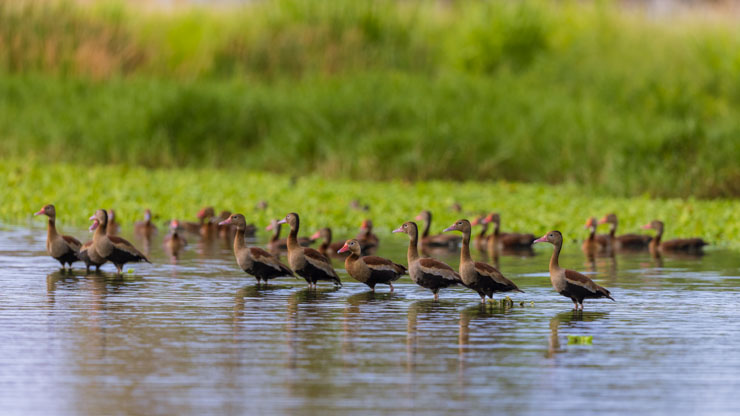
Longtime readers of this blog and keen observers of the birdlife of Trinidad & Tobago may recall a suspicious recurrence of groups of three within the avifauna of the twin island nation. My last post about this phenomenon was almost two years ago, within which I made mention of all its previous iterations.
For those who are new to this, allow me to explain. Trinidad & Tobago currently has a species count of 499 (accepting bids for species #500!), including several members of iconic Neotropical families. Migratory birds bolster the total from both north and south given the islands’ equatorial location. A thorough investigation of this list of species distilled a recurring theme of threes – not unlike the recurring decimal one gets when dividing some numbers by three. This tickled my brain a bit, and the more I looked, the more I saw. Thus far, this is what we have covered:
Grassquits | Bitterns | Trogons | Antshrikes | Spinetails | Manakins | Hermits | Honeycreepers | Warblers | Myiarchus | Nighthawks
Today, I am adding to this list with another trio: Dendrocygna, or whistling-ducks.
Why have I waited this long to cover this family? Well, a few weeks ago I finally got my camera onto a small group of Fulvous Whistling-Ducks at a nearby rice paddy. I’d seen the species before, firstly at a waterfowl conservation facility (does it still count?) and also in Kenya. Despite the birds only giving me distant views and a brief flyby, I was still happy to have caught a glimpse in my native island.
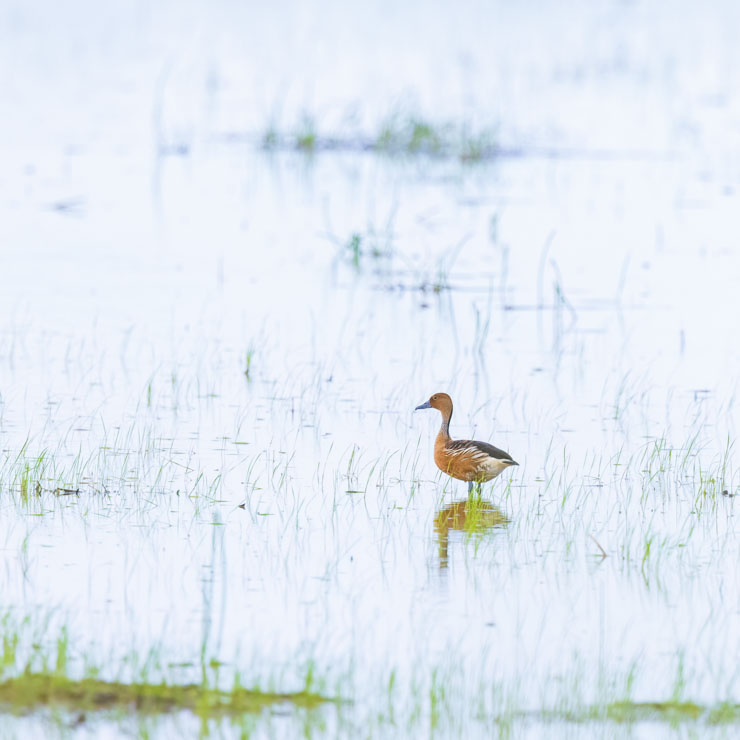
Fulvous Whistling-Duck
My personal favourite of the three is the distinctive White-faced Whistling-Duck. Not only for its obvious good looks or cheerful vocalisation, but also it was the first duck I had seen in the wild in T&T. The year may have been 2009 or very early 2010, and I had just learned of a marsh near to where I lived at the time. While poking around there one morning I saw a flock of around twenty ducks flying in the distance. I photographed them but didn’t publicise the photo as I clearly remember an out of focus reed presented itself in the image as a green smear across some of the ducks. They were, in fact, White-faced Whistling-Ducks and, as I later found out, the highest number of that species seen at any single time in T&T. As far as I am aware, such an aggregation of White-faced Whistling-Ducks has since never occurred here. Oh, the beauty of being a naïve birder!
I remember going for a drive after a job interview in the same rice paddies I mentioned earlier, sometime in 2013. As I was moving through the swaying grass, I noticed some movement almost immediately next to my vehicle. Guess what, a pair of White-faced Whistling-Ducks. And guess who didn’t have their camera? I know, another cardinal rule broken: never attend a job interview without your camera. I returned to the same area the following morning for the crack of dawn, waited a couple hours concealed in the grass – I eventually was gifted a flyby.
The ducks were much further apart than what worked compositionally, so I moved one closer to the other. I can’t remember which was the original and which was transposed, but I remain surprised that I was able to perform such an operation so seamlessly without the use of Photoshop.
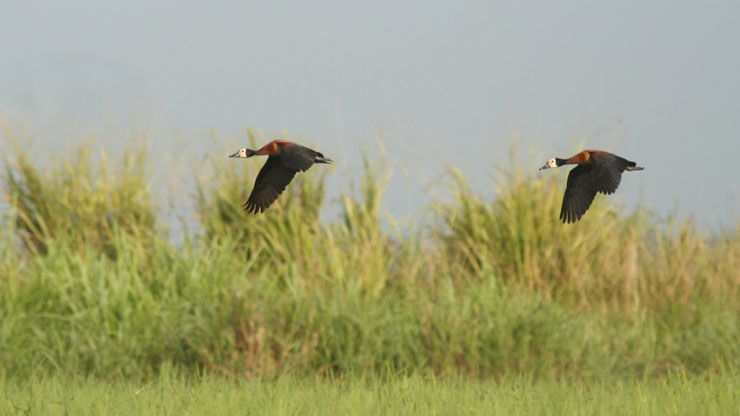
White-faced Whistling-Duck
Finally, to round off the triangle, is ol’ reliable: Black-bellied Whistling-Duck. Resident on both islands (as opposed to the other two who are only rarely seen on Trinidad and almost never on Tobago), this duck is one of the more familiar sights around wetlands and along inland waterways. In the wet lowland forest where I currently live, we occasionally hear them at night as they fly over, on some unknown commute. They are, in fact, largely nocturnal, this would have been surprising had I not been hearing their shrill whistle in the dead of night.

Black-bellied Whistling-Duck
Where’s the next group of three going to come from? Time will tell!






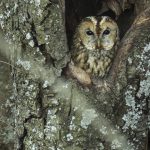
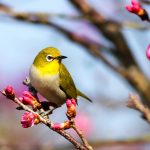


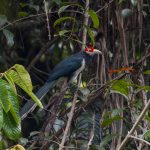
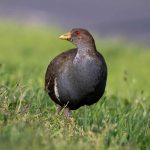
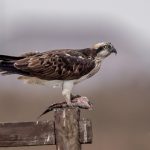
Love your Fulvous Whistling-Duck photo. Yes, likely from far away or with fixed lens but love the single bird standing in shallow water with the grasses sprouting up.
Many thanks, Cathy!